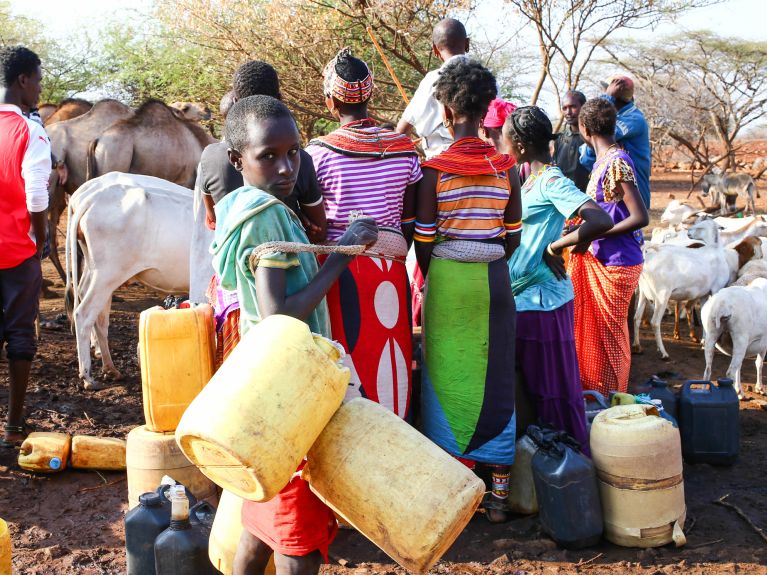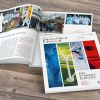Innovative ideas for reducing water shortages
Water is scarce in many parts of the world, and climate change will make the situation worse. These innovative ideas will help save water.

Urban farming with closed water circulation systems
Producing food in towns is a forward-looking trend in agriculture. One approach with especially low water consumption is aquaponics. Developed in Germany, this method combines fish farming and vegetable cultivation. The idea behind it is that water from fish farming can be reused for growing plants, whose roots hang directly in the water. The large amounts of ammonia that accumulate in the water from fish excretions make an intermediate stage necessary: bacteria transform the ammonia into nitrate that the plants can then absorb as nutrients through their roots. The nitrate-free water then flows back to the fish. This closed water circulation system makes this method especially interesting for regions where water is scarce.
Using sensors to save water in agriculture
A very large amount of the water used in agriculture seeps into the ground or evaporates before it can be absorbed by plants. That is why the German firm ZIM Plant Technology has developed sensors that can be fastened to leaves to determine exactly how much water plants are consuming. Similar to a blood pressure monitor for humans, the sensors measure the inner cell pressure in leaves and transmit this data to a server. The pressure level in the cells shows whether the plants are being well or badly watered. This makes it possible to ensure they are supplied with the optimum amount of water.

Extracting water from the air
Supplying the world population with drinking water is one of the most important challenges of the future – above all in megacities and especially in dry regions. But water is also available there too: as moisture in the air. The Fraunhofer Institute for Interfacial Engineering and Biotechnology has developed a process that extracts water from the air. A highly concentrated salt solution absorbs humidity from the atmosphere. This results in a less highly concentrated salt solution from which water can then be separated with the aid of a vacuum evaporator. The equipment is operated by photovoltaic or wind power and is therefore energy self-sufficient and carbon-neutral. A pilot installation is currently being tested at various locations and the technology is being optimised.
Deutschland Edition: download the magazine as an e-paper for free
You would like to receive regular information about Germany? Subscribe here:


